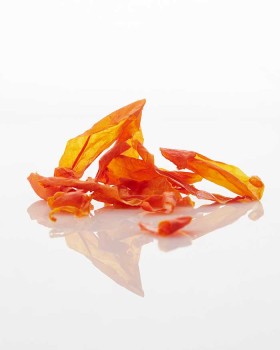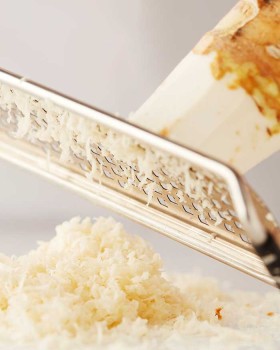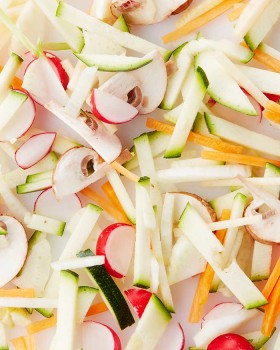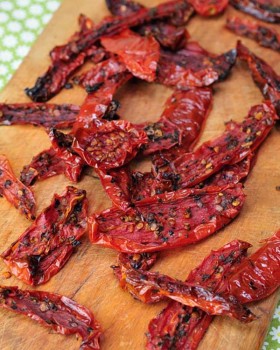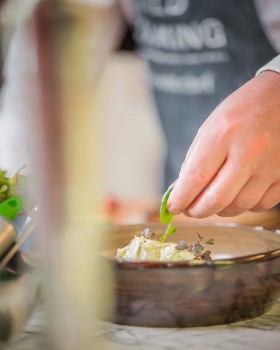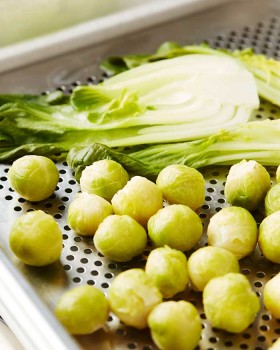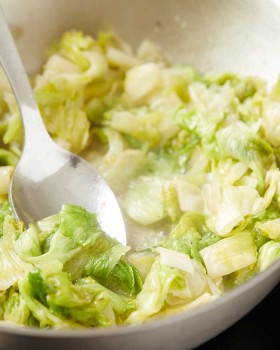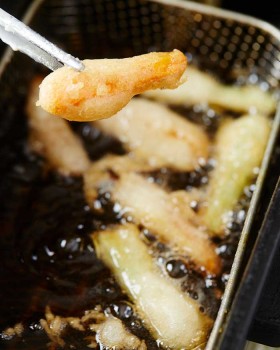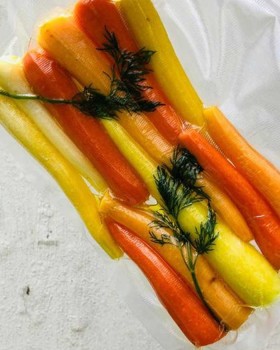
Culinary technique - Dry aged

Dry aging is traditionally associated with meat, but the concept can be adapted for vegetables to enhance their flavors and textures. Here's a guide on how to dry age vegetables:
Selecting Vegetables:
- Best Choices: Root vegetables (e.g., carrots, beets), squashes (e.g., pumpkins, butternut squash), and hardy greens (e.g., kale, cabbage) are good candidates for dry aging.
- Avoid: Vegetables with high water content (e.g., cucumbers, tomatoes) as they might spoil rather than improve in texture and flavor.
Preparation:
1. Clean: Wash and thoroughly dry the vegetables to remove any dirt or impurities.
2. Peel: Depending on the vegetable and your preference, you may choose to peel them.
3. Cut: For larger vegetables, cut them into manageable pieces, but ensure they are not too small to prevent excessive drying.
Dry Aging Process:
1. Storage Environment: The key factors are temperature, humidity, and airflow. Ideally:
- Temperature: 32-40°F (0-4°C)
- Humidity: 85-90%
- Airflow: Moderate, to allow even drying and prevent mold growth.
A dedicated refrigerator or a specialized dry aging cabinet works best. You can also use a standard refrigerator with some modifications (e.g., adding a small fan for airflow, using a humidity control system).
2. Placement:
- Place the vegetables on a rack or wire mesh to allow air circulation on all sides.
- Ensure they do not touch each other to prevent moisture build-up.
3. Monitoring:
- Check Regularly: Inspect the vegetables every few days for mold or excessive drying.
- Adjust Environment: Adjust temperature, humidity, or airflow as necessary.
Duration:
- Time Frame: Dry aging can take anywhere from 1 to 4 weeks, depending on the vegetable and desired result.
- Indicators of Readiness: The vegetables should develop a more concentrated flavor, firmer texture, and, in some cases, a slight sweetness due to sugar concentration.
Post Aging:
- Cleaning: Trim any dried or discolored edges.
- Storage: After aging, store the vegetables in a sealed container in the refrigerator to maintain their quality until use.
- Usage: Use dry-aged vegetables in recipes where their enhanced flavors can shine, such as roasted dishes, soups, stews, or purees.
Extra Tips:
Experiment: Start with small batches to understand how each type of vegetable responds to the dry aging process.
Combining Techniques: Consider combining dry aging with other preservation methods, such as fermenting or pickling, for unique flavors.
By following these steps, you can experiment with dry aging vegetables to bring out new and intensified flavors, much like with dry-aged meat.
More culinary techniques
















